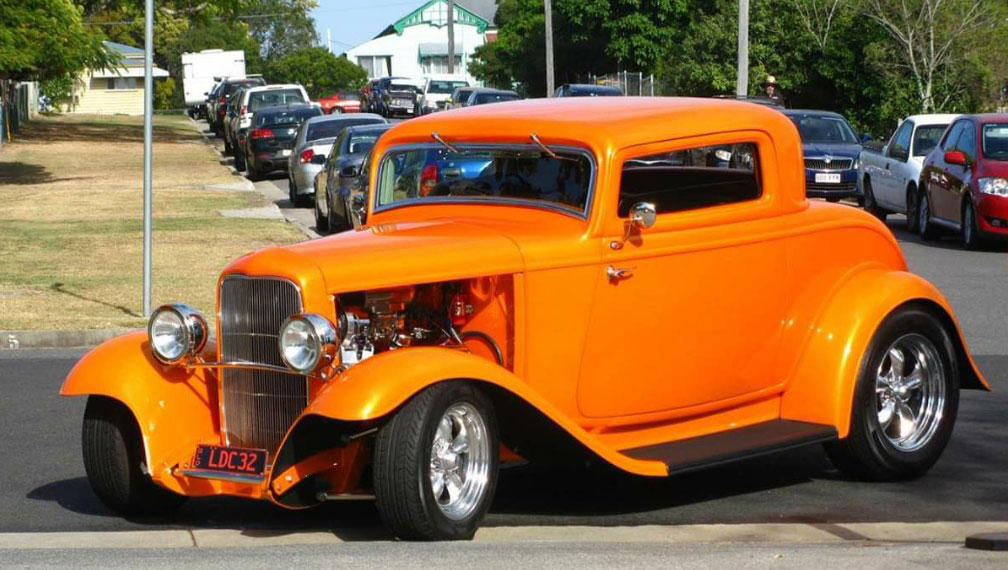Some classic cars are worth a fortune. For instance, if you want a 1964 Ferrari 250, you’ll have to fork out a massive $19 million (£17 million). For a 1994 McLaren F1, you’ll pay $19.8 million (£17.5 million), and for a 1962 Ferrari GTO, you could be paying a truly eye-watering $48.4 million (£44 million).
At the same time, other classic cars are worth hardly anything at all. An old Mercedes-Benz SL, one of the most desirable cars of its time, barely breaks the £10,000 barrier.
Because of this, classic car prices are a bit of a mystery for many buyers. There’s just such a range of prices out there, it doesn’t seem to add up.
The key to understanding what’s going on is to recognize that there are multiple factors involved in determining classic car prices, and not all of them are rational. This post explores some of the nuances of factors that affect classic car value.

History And Documentation
History and documentation have a significant impact on a vehicle’s value. If an owner can prove the car’s provenance and it has been well-driven, that can push up the price. Buyers are often looking for vehicles kept in garages long-term with as few owners as possible.
Owner Investment In The Vehicle
The amount of money that an owner has poured into a vehicle can also affect the price. Most buyers and collectors would prefer a classic car that’s in pristine condition compared to one that’s a wreck.
With that said, the relative contribution of owner investment tends to fall with the price. The more expensive the model, the fewer upkeep matters. Repairs are often a small percentage of the total cost.
Naturally, at the lower end of the scale, owner investment matters a lot more. Buyers are much more willing to part with their cash if they believe they can get some use value out of the car.
The Existence Of Multiple Examples
Many people believe that cars that were rare when they came out to stand the best chance of becoming classics. But that’s rarely the case. If a car wasn’t popular in the 1970s, it is unlikely to be a hit today.
What seems to matter more is whether multiple examples of a vehicle exist. If several thousand are out there, that’s a sign that the vehicle has a healthy following of people prepared to pay a lot of money to own one.
Mileage
As with new cars, mileage is also a concern for buyers, but usually only for more recent classic vehicles. Most older cars have had extensive replacements and rebuilds over the years to the point that they are essential new vehicles with an ancient odometer.
Features
Features also matter to a degree. Rarer versions of popular models are often more highly sought-after.
For instance, the standard Ford Cosworth is a highly desirable vehicle among some collectors. But the Sierra Cosworth RS500, the touring car version, is even more prestigious.
Classic car collectors are also willing to pay a premium if a classic was the first instance of a vehicle having new technology. For instance, the 1940 Packard was the first car equipped with air conditioning and often fetches more at the market.
Likewise, the 1978 Mercedes-Benz S-Class W116 was the first vehicle to feature modern anti-lock braking. Despite being nearly fifty years old, the driving experience is eerily similar to modern cars.
Authenticity
The more original components a classic car has, the higher its price. For this reason, collectors are extremely careful about the parts they source. And many go to great lengths to check each component before fitting them.
Tastes And Fashion
Ultimately, though, it’s fashion and tastes that determine the bulk of classic car prices. While things like mileage and condition play a role within the market for a particular car, it’s their desirability that ultimately makes people part with their cash.
The market for ex-Soviet Trabants, for instance, is small. These ugly, low-performance, high-maintenance cars don’t have much of a following.
By contrast, elegant vehicles, like the Jaguar E-Type, or the Ferrari GTO are much more desirable. A combination of short supply and keen collector interest pushes valuations for these vehicles into the stratosphere.

